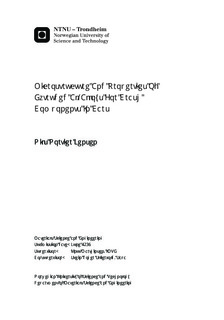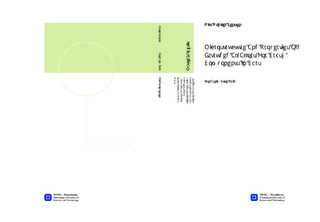| dc.contributor.advisor | Marthinsen, Knut | nb_NO |
| dc.contributor.advisor | Skjervold, Svein Roger | nb_NO |
| dc.contributor.author | Jensen, Nils Nortier | nb_NO |
| dc.date.accessioned | 2014-12-19T13:28:57Z | |
| dc.date.available | 2014-12-19T13:28:57Z | |
| dc.date.created | 2014-09-25 | nb_NO |
| dc.date.issued | 2014 | nb_NO |
| dc.identifier | 749991 | nb_NO |
| dc.identifier | ntnudaim:11841 | nb_NO |
| dc.identifier.uri | http://hdl.handle.net/11250/249619 | |
| dc.description.abstract | The demand for lightweight materials in the transport industry is fuelling the research of high performing components. Extruded aluminium profiles intended for crash components are examined in this project. The objective in this work is to examine the microstructure and the mechanical properties, in order to further determine if the profiles behaves as expected. Both flat profiles and 2-chamber box profiles are studied.Three Al-Mg-Si alloys: C20-Y1, C24-X1 and C28-C2 are inspected in this study. These are evaluated in three different tempers states: T4/W, T6 and T7. The characterization of the microstructure by light optical microscopy and scanning electron microscopy is completed. In addition, the mechanical properties of the materials are considered through tensile and bending tests.The characterization showed a fully recrystallized microstructure in the C20-Y1 alloy, and fibrous microstructure in the C24-X1 and C28-C2 alloy. A typical deformation texture is observed in the two fibrous alloys. The recrystallized C20-Y1 alloy displays a strong cube texture. Large primary particles are present in the C28-C2 alloy, and the smallest particles are seen in the C20-Y1 alloy. For all alloys the particles are elongated in the extrusion direction.C28-C2 displayed a loss of strength in T7-state compared to the other materials, presumably the highly alloyed profile reaches peak strength earlier. Reached true strain at max load by the recrystallized C20-Y1 is noticeably higher than the fibrous alloys. The true strain of this alloy is seen to be highly dependent of the temper state it is in. The fibrous microstructure is less affected by it temper state, which is likely connected to its subgrain structure. The C24-X1 shows the best bendability, assumed due to the combination of smaller primary particles and sub grain structure. The flat profiles systematically reached the highest bending angles. It is also noticed the flat profiles consistently achieved higher true strain at max load in the T6- and T7-state. The 90-oriented specimens displayed highest bendability and highest true strain. | nb_NO |
| dc.language | eng | nb_NO |
| dc.publisher | Institutt for materialteknologi | nb_NO |
| dc.title | Microstructure And Properties Of Extruded Al-Alloys For Crash Components In Cars | nb_NO |
| dc.type | Master thesis | nb_NO |
| dc.source.pagenumber | 91 | nb_NO |
| dc.contributor.department | Norges teknisk-naturvitenskapelige universitet, Fakultet for naturvitenskap og teknologi, Institutt for materialteknologi | nb_NO |

